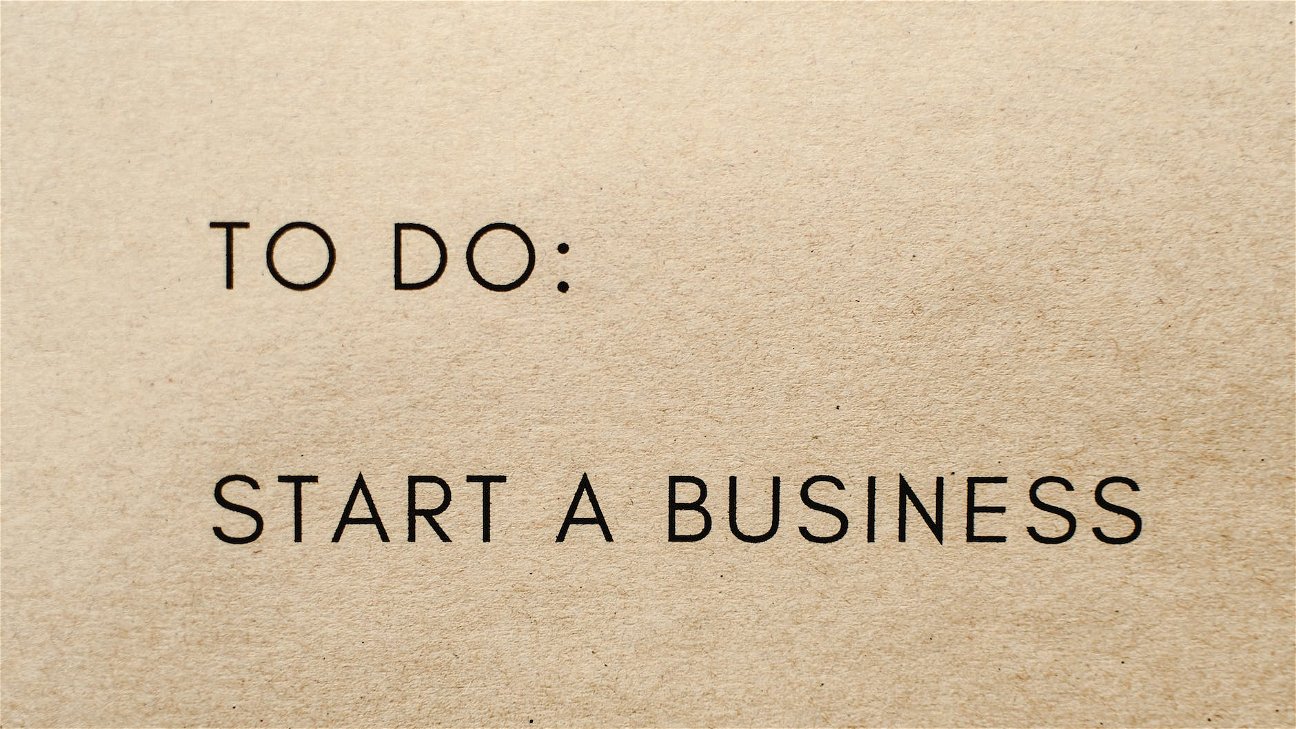
We all have moments where we feel overwhelmed, stressed, or anxious. But did you know that deep breathing can serve as a natural stress reliever? Deep breathing techniques provide relaxation by slowing your heartbeat, lowering blood pressure, and promoting feelings of calmness and well-being. In this article, we'll explore three effective techniques for deep breathing and relaxation.
The importance of deep breathing
Deep breathing is not just for yoga classes or meditation sessions. It's a simple but powerful relaxation technique. When you breathe deeply, it sends a message to your brain to calm down and relax. Then, the brain sends this message to your body, resulting in a number of beneficial effects.
-
Reduces stress and anxiety: Deep breathing stimulates your body's relaxation response, lowering stress hormone levels.
-
Lowers blood pressure: Regular deep breathing can help lower your blood pressure, reducing your risk of heart disease.
-
Improves sleep quality: Deep breathing before sleep can help you fall asleep faster and improve your sleep quality.
-
Boosts energy levels: More oxygen leads to increased energy levels and overall better productivity.
Now that we understand the importance and benefits of deep breathing, let's delve into the three effective techniques.
Technique 1: The 4-7-8 Breathing Technique
This technique, also known as 'relaxing breath', involves breathing in for 4 seconds, holding the breath for 7 seconds, and exhaling for 8 seconds. This breathing pattern aims to reduce anxiety, help you sleep better, and manage cravings.
Here are the steps:
-
Close your eyes and take a deep breath in through your nose for a count of 4.
-
Hold your breath for a count of 7.
-
Exhale fully through your mouth for a count of 8.
-
This completes one breath. Now, inhale again and repeat the cycle three more times for a total of four breaths.
Technique 2: Box Breathing
Box breathing, also referred to as square breathing, involves taking slow, deep breaths for a count of four, holding the breath for a count of four, exhaling for a count of four, and again holding the breath for a count of four.
Here are the steps:
-
Sit upright and breathe out completely through your mouth.
-
Close your eyes and silently inhale through your nose for a slow count of four.
-
Hold your breath for a count of four.
-
Slowly exhale for a count of four.
-
Hold your breath again for a count of four.
-
Repeat this process for a few minutes.
Technique 3: Diaphragmatic Breathing
Diaphragmatic breathing, or belly breathing, involves breathing deeply into your lungs by flexing your diaphragm rather than breathing shallowly by flexing your rib cage. This deep, slow breathing technique is effective for managing stress, anxiety, and sleep disorders.
Here are the steps:
-
Lie on your back with your knees slightly bent and your head on a pillow.
-
Place one hand on your upper chest and the other below your rib cage, allowing you to feel your diaphragm move as you breathe.
-
Breathe in slowly through your nose, allowing your belly to push your hand out. Your chest should remain still.
-
Exhale using pursed lips as you tighten your stomach muscles, keeping your upper hand completely still.
-
Continue for several minutes until you feel calm and relaxed.
Remember, like any other skill, deep breathing needs to be practiced regularly. Make it part of your daily routine and soon, you'll notice a more relaxed, calmer self, better sleep, and a reduced level of stress and anxiety.











